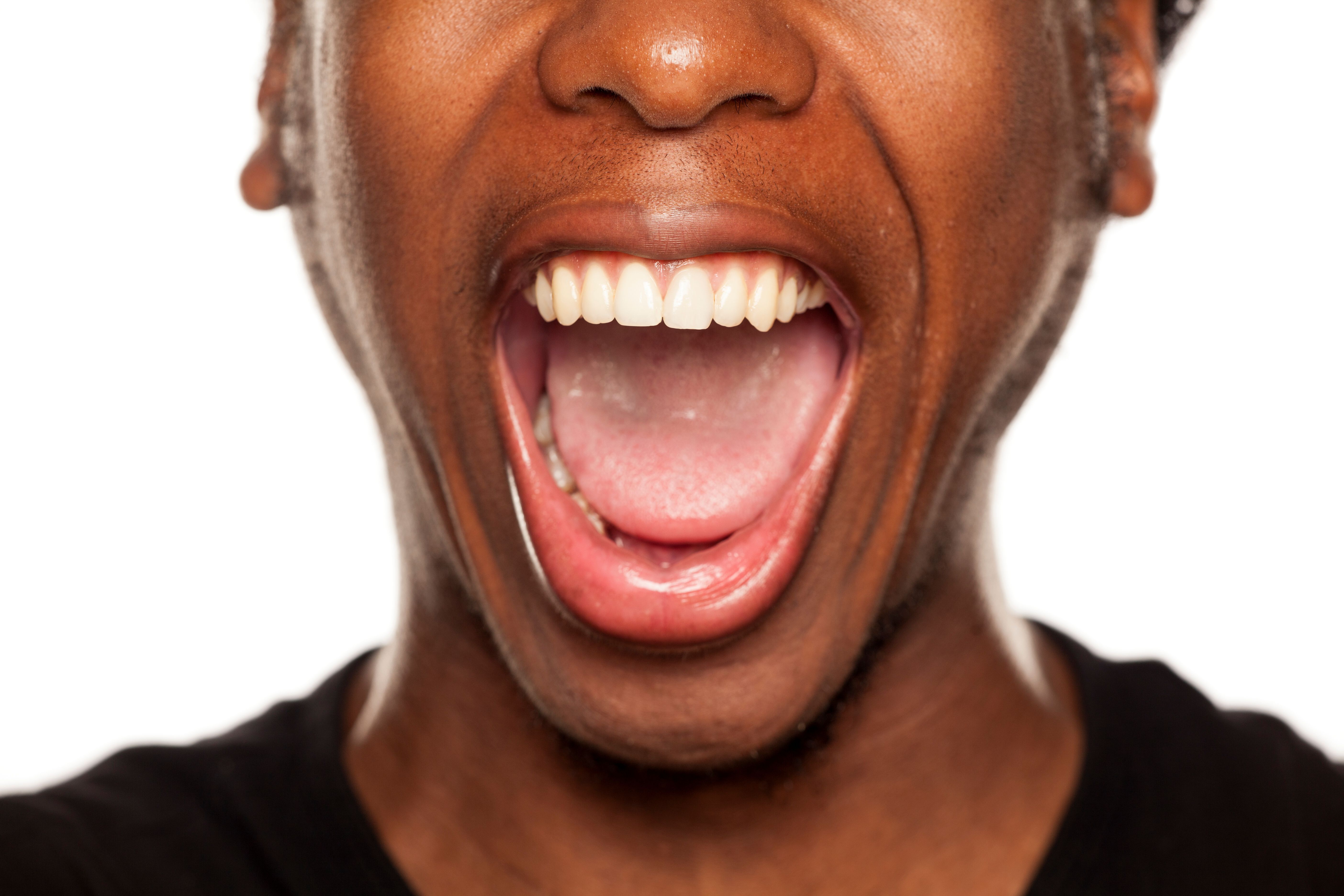- Center on Health Equity & Access
- Clinical
- Health Care Cost
- Health Care Delivery
- Insurance
- Policy
- Technology
- Value-Based Care
Oral Function Impairment Varies Across Adult Patients With SMA
Oral function should be measured routinely to determine individual bulbar involvement stages in spinal muscular atrophy (SMA).
Oral function in adult patients with spinal muscular atrophy (SMA) varies widely, therefore, oral function should be measured regularly, according to a prospective cross-sectional study in Orphanet Journal of Rare Diseases.1
“Our results underscore the heterogeneity of oral function effort across persons with SMA, depending on characteristics such as SMA type, walking ability, and treatment status,” the authors wrote.
SMA type is a strong predictor of some oral functioning in affected patients | image credit: vladimirfloyd - stock.adobe.com

Compared with 45 healthy controls, 58 patients with SMA, with or without SMA treatment, exhibited significant differences for bite force endurance, maximum tongue pressure and maximum mouth opening. Patients with SMA had lower values for 3 out of 5 oral function tests compared with healthy controls.
Treatment-naive patients had a reduction in maximum bite force by 19–50% compared to healthy controls. First-time oral function assessments of adult persons with SMA on treatment revealed comparatively elevated values, suggesting a positive therapeutic impact on bulbar function in this specific group of patients, according to the study.
Scores for treated, ambulatory patients with SMA type III on strength and endurance tests were comparable to healthy patients. Patients with SMA type II scored lower for maximum bite force, maximum tongue pressure and maximum mouth opening compared with patients with SMA type III, confirming earlier reports of a higher incidence of bulbar dysfunction in SMA type II compared with type III.
The strongest predictive factor for impairment of mandibular range of motion and weakness of neck muscles for bite force is SMA type.2
Ambulatory patients with SMA did not benefit differently from therapy compared to those who were non-ambulatory. Ambulatory patients achieved similar masticatory performance compared with healthy controls, which corroborates earlier findings, the study reported.1
Compared with the healthy control group, patients with SMA showed lower bite force endurance (P < .001) and lower maximum tongue pressure (P = .004). This group also had a smaller maximum mouth opening compared with healthy patients (P = .017). No differences were observed between the groups for maximum bite force and tongue pressure endurance (P > .05).
The study included 35 patients with SMA type III, and 20 patients with SMA type II. Oral function tests were performed by 1 of 3 dentists who had received prior training, twice in 1 week. All patients with SMA receiving nusinersen therapy had initiated treatment at least 6 months prior to data collection. Seven persons with SMA received risdiplam treatment, either for a minimum of 6 months or as a switch from nusinersen to risdiplam therapy. No patient had discontinuation of treatment. Patients who were treatment-naïve at the time of the study had not undergone any disease-modifying therapy. The mean age for untreated patients with SMA was about 40 years, compared with about 37 years for patients receiving treatment.
More than half of the patients with SMA presented with retrognathia of the mandible, with some displaying an excessive overjet of over 10 mm (compared to the norm of 2 mm). Ten of these patients had an open bite of at least -2 mm (compared to the norm of +2 mm).
“In order to preserve oral function, sensitive tests are crucial for early recognition of bulbar dysfunction, as interventions initiated late in the disease progression often yield diminished efficacy,” the authors wrote. “Notably, in the early clinical detection of oral / bulbar dysfunctions, a reduced maximum mouth opening compared to healthy reference values can be detected even without complex measuring devices by the clinical provider and should lead to further investigations.”
References
- Kruse T, Leflerovà D, Cap A, et al. Oral functions in adult persons with spinal muscular atrophy compared to a healthy control group: a prospective cross-sectional study with a multimodal approach. Orphanet J Rare Dis. 2024; 19, 382. doi: 10.1186/s13023-024-03405-5
- van Bruggen HW, van den Engel-Hoek L, van der Pol WL, et al. Impaired mandibular function in spinal muscular atrophy type II: need for early recognition. J Child Neurol. 2011. doi:10.1177/0883073811407696
Health Outcomes of Dually Eligible Beneficiaries Under Different Medicare Payment Arrangements
December 1st 2025Within the same physician groups, 2-sided risk in Medicare Advantage (MA) was associated with higher quality and lower utilization for dually eligible beneficiaries compared with fee-for-service MA and traditional Medicare.
Read More
